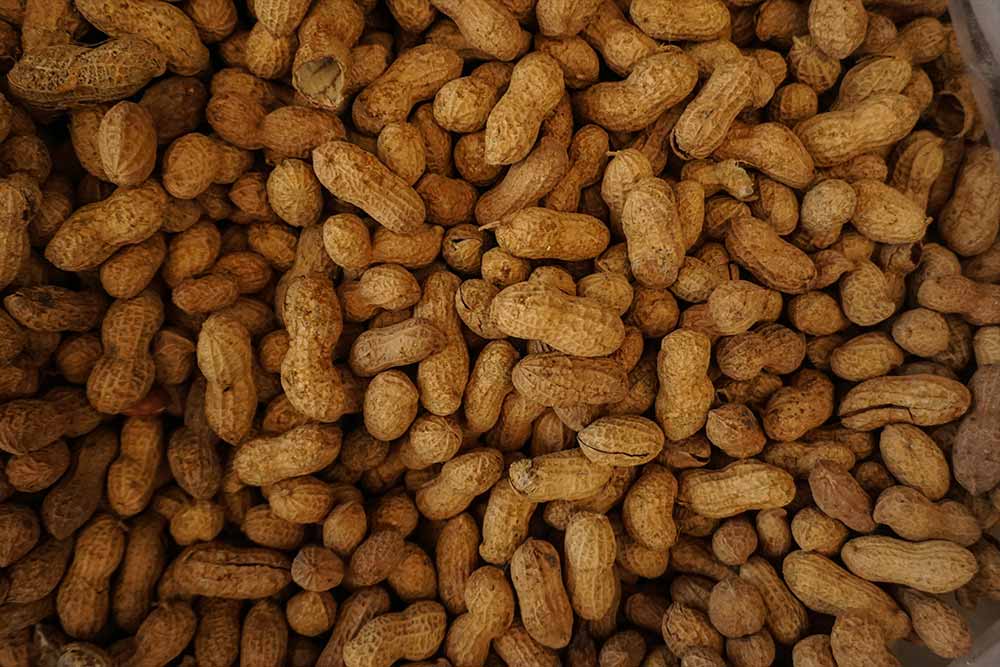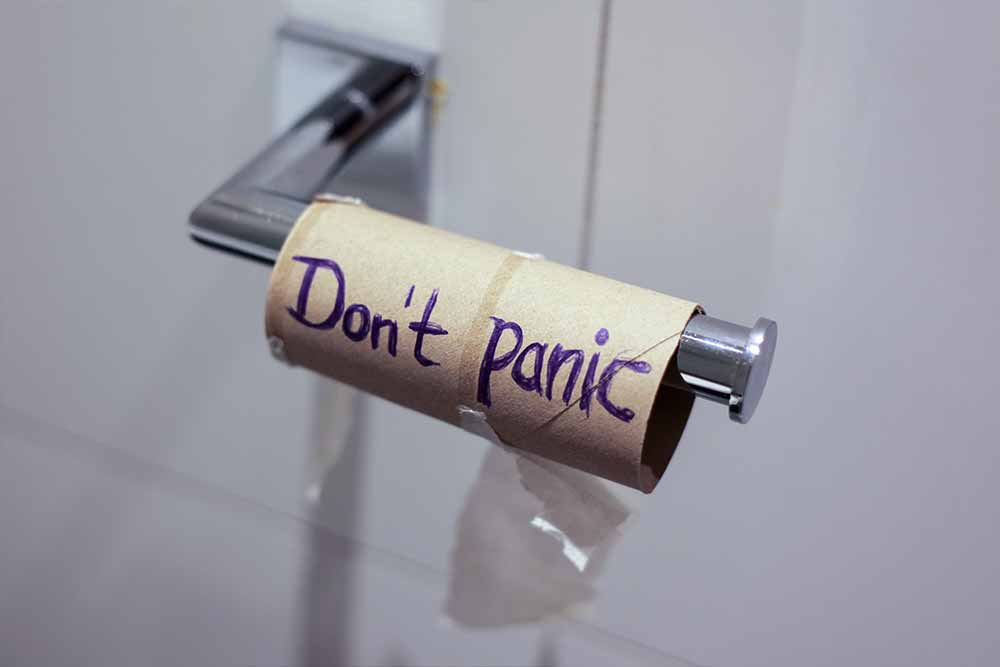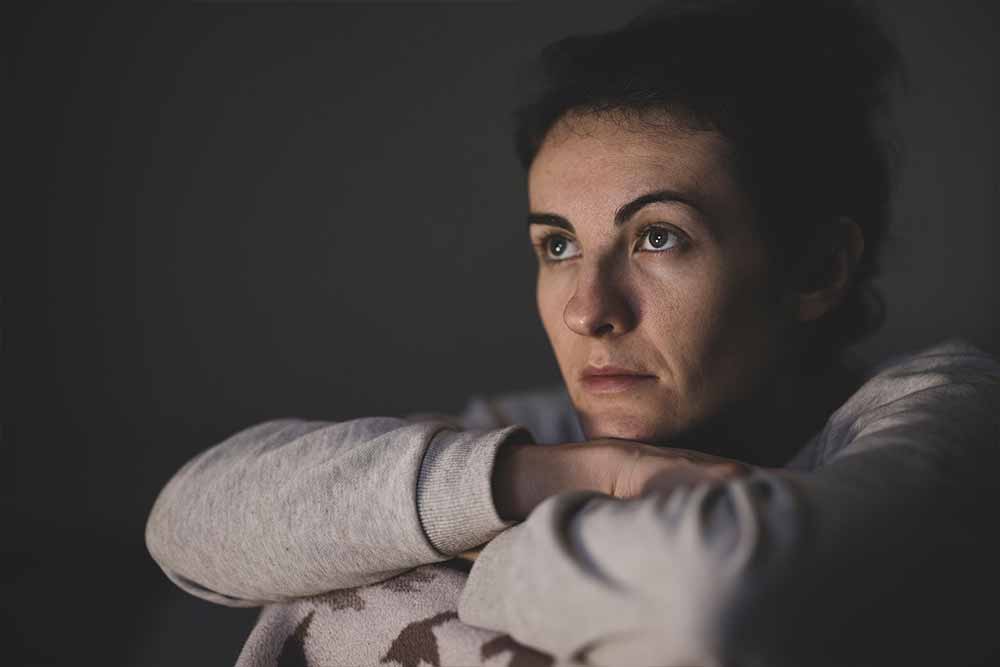A healthy functioning vagina already has a balance of healthy bacteria and yeast cells, so its common for one or the other to become imbalanced and develop into an infection. Whilst it can sound horrific to have any kind of bacterial vaginal infections, a vaginal yeast infection (a type of fungal infection) is quite simply an increase in the yeast cells, a very common overgrowth of the microscopic fungus Candida.
What causes a vaginal yeast infection? The condition is called vaginal candidiasis, the multiplying of yeast cells causes infection and subsequent symptoms consistent with many genital complaints.
Causes
- Antibiotics
- Pregnancy
- Diabetes or irregular blood sugar
- Birth control
- Feminine hygiene products
- Weakened immune system
Poor health, in general, can lead to bacterial imbalances in your body, but there are also a number of other quite specific causes for women experiencing vaginal candidiasis.
- You are taking antibiotics. Antibiotics will alter the balance of your vagina as they can upset the number of good bacteria that live there.
- During pregnancy, the natural pH balance of the vagina is disrupted meaning candidiasis is not so uncommon in this circumstance.
- If you have diabetes or your blood sugar is out of control because of poor health and poor diet
- Birth control with high oestrogen is known to cause yeast infections
- Cleaning products, whilst presumed to be a healthy way to keep your vagina clean and fragrant, can disrupt the balance of bacteria
- A weak immune system. If you have any illnesses that significantly weaken the immune system like HIV or you're being treated with medication that disrupts the immune system
Symptoms
- Itchy vagina
- Soreness & redness
- Swelling around the area
- Pain or burning during sex
- pain or burning during urinating
- Cottage cheese-like vaginal discharge
The most common symptom of vaginal yeast infection is itching and in a manner that is abnormal given that grooming products and techniques can cause some itching.
Soreness can occur during sex and urination and has been described as a burning sensation in most cases.
Swelling can occur with redness of the vagina and vulva, along with a raised prickly rash similar to heat bumps or prickly heat types spots around the area.
A watery cottage cheese vaginal discharge has been described as having little to no smell, in that it does not give off a foul odor like with some other vaginal complaints.
Diagnosis
In most cases to get a vaginal yeast infection diagnosed, you'll need an oral examination, meaning a healthcare practitioner will need to check the vagina for visible signs of infection before they determine the next steps in order to treat yeast infections.
If the circumstances of the patient correlate with typical causes of yeast infection listed above, then the practitioner could make a diagnosis and advise on the treatment there and then.
Some persistent vaginal yeast infections or signs of a more severe scale may require a lab test for further examination. This is normally obtained through a swab test of any discharge or infected areas. A technician will look at the sample for microscopic evidence of increased Candida fungus.
Treatment
Most simple yeast infections can be treated with anti-fungal medication over the counter in the form of creams, tablets, ointments, or suppositories that are administered internally. You should consult a healthcare practitioner before buying medication to determine the right course of treatment. There are lots of over the counter brands and not all brands offer the same levels of treatment.
If you are suffering from persistent or constantly reoccurring symptoms you may have a complicated yeast infection and stronger medication will be required through a prescription. It may be the case however that the causes are a lifestyle health concern, meaning changes to your personal habits might be part of the solution.
Prevention

How to prevent vaginal yeast infections
Take simple daily steps to prevent vaginal yeast infections
A healthy vagina is very much dependent on personal habits, the imbalance of bacteria leading to vaginal yeast infection can be caused by simple things that we take for granted in our day-to-day functions.
Avoid vaginal hygiene chemicals
Avoid feminine hygiene products or vaginal fragrances that unnaturally clean or scent the vagina. They can actually remove good bacteria from the vagina that protects from infections inviting vaginal yeast to grow
Fresh and dry underwear
Changing underwear or period products regularly reduces the growth of bacteria. Wearing damp clothing of any kind can invite the growth of bacteria especially if warn around the genitals like swimwear, tight sweaty clothes or damp garments from bladder leak.
Avoid excessive hot bathing and scented products
Very hot baths should be avoided as they encourage bacterial growth, along with hot tubs and warm swimming pools. Overuse of scented products like bath salts and bubbles can also reduce good bacteria leading to imbalances that cause yeast infections
Front to back
Wiping from front to back, so that fecal matter is not introduced into the vagina prevent overgrowth of bacteria
Eat sugar responsibly
Keep your blood sugars in control even if you don't have diabetes, avoid excessively sugary meals of poor nutritional choices in general. Diabetes is a common cause of vaginal yeast infection
Other Types
It is suggested that around 8 in 10 women will experience vaginal yeast infections at some point in their lives either in the form of thrush or a simple genital yeast infection. So it's very common as infections go and can be treated quite easily. But there are other cases of yeast infections to look out for.
Thrush from breastfeeding
A mother's milk is warm, moist, and full of natural sugar which is a perfect environment for yeast to grow. Whilst the growth of yeast is similar to a vaginal infection because of an overgrowth of the same fungus, it is not the same infection.
Symptoms of breastfeeding thrush
- Sore nipples that occur suddenly after weeks of normal pain-free feeding
- Itchy nipples with cracked and/or flaky skin
- Sharp shooting pains during feeds
- A dark pink rash and blistering around the nipples
- Aches and pains in the breast
Yeast infection in Babies
A yeast infection in babies is a type of diaper rash, but not all diaper rashes are yeast infections. They are very common, albeit alarming given that any baby rash is likely a cause of concern. The moist environment around the diaper and specifically the creases in the skin and joint areas are a haven for bacteria growth so it's not unusual for a baby to develop a yeast infection.
A diaper rash can develop into a yeast infection if left untreated, so whilst most diaper rashes are common, it's useful to seek advice from a pediatrician if the rash has been present for more than a couple of days, or has not healed after recommended treatment.
Symptoms of diaper yeast infection
- Bright red bumps
- A hazy redness around the red rash
- A diaper rash that has not healed after treatment
- Can be dry with scaly skin
- Present in the joint folds and groin
FAQs
Can a vaginal yeast infection go away on its own?
Yes, a vaginal yeast infection can heal on its own and it's common for the body to restore the balance of bacteria. However the symptoms can be uncomfortable during that period and the natural healing process is not guaranteed, so we do recommend seeking medical help, especially if this is your first suspected infection or you are pregnant.
Do men get yeast infections?
Men can develop yeast infections and also a penile yeast infection albeit symptoms are not so prominent as a vaginal infection. All humans have Candida so it's possible for anyone to incur an overgrowth resulting in a yeast infection. Although the most common cause of yeast infection in men is as a result of unprotected sex with someone who already has the infection.
Symptoms of a penile yeast infection:
Itchy burning sensations
Red and white patchy rash
Is a vaginal yeast infection an STD?
No, vaginal and penile yeast infections can occur naturally so are not considered a sexually transmitted infections. It can be passed on through unprotected sex with a sexual partner who already has the infection, but this does not qualify it as an STD.
Sources
Mayo Clinic – Yeast infection (Vaginal)
Wikipedia – Candidiasis
Vaginal yeast infection factsheet – PDF
Women's Health – Vaginal yeast infections
NIH – Candida Infections of the Genitourinary Tract
Image Credits
Featured Image – Photo by Denys Nevozhai
Prevention Tips – Photo by Christopher Campbell
Breastfeeding – Photo by Helena Lopes








